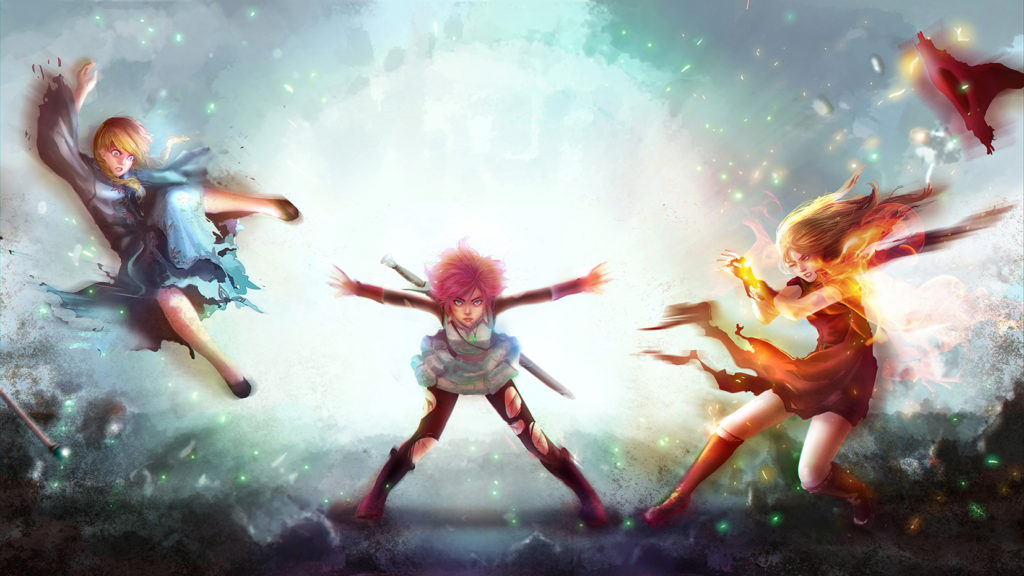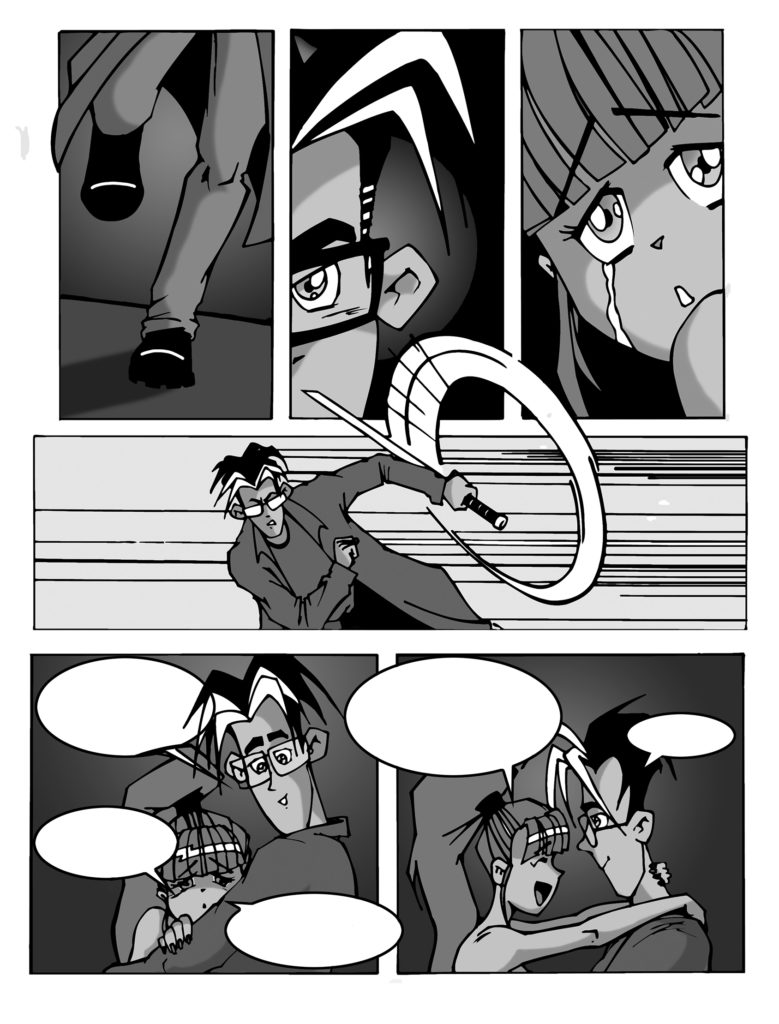
Learn More About Japanese Anime and Manga
Pop culture is one of Japan’s largest exports. Adults and children all around the globe have become fascinated with the subtle, bizarre aesthetics of Japanese entertainment and fashion.
And lately, animé, video games, costumes, and more—Japan is increasingly responsible for the world’s most famous trends. Among them, animé and manga bring fascination, uniqueness, and fun to Japanese culture. Unleash the otaku in you and discover what Japanese pop culture has to offer.
Anime (アニメ)
The word animé is short for animation. In most English-speaking countries, one thinks of Japanese animated cartoons. Animé is usually hand-drawn, but techno-trends have introduced computer assisted illustration into the genre. Like manga, animé has a huge following in Japan, gaining worldwide recognition. Distributors can now release animé via television, video, theatres, and online.
The numerous animé films and shows no longer fit easily into a given genre; it’s clear they have transcended mere animation. Some animé subtypes (by audience):
- Shojo. Geared toward the young female audience. See Fruits Basket ( フルーツバスケット).
- Shonen. Shows, targeted towards younger boys, include Digimon (デジモン) and One Piece ((ワンピース).
- Seinen. Generally for young adult males.
- Josei. For young women.
- Kodomo. For very young children; shows include Hamtaro (とっとこハム太郎).
Animé has become commercially profitable in many Western countries. The phenomenal success of Nintendo’s Pokémon franchise was helped by the spinoff 1990s animé series. With all that business success, the shows can help you learn, too—following them, you come to know some Japanese characters and words.
Manga (漫画)
Manga are Japanese graphic novels or comics. Manga, a breed apart from American comics, used to be popular only in Japan. But the art has taken most countries by storm and is now a multibillion dollar industry.
People of all ages across Japan read manga. It spans many genres—romance, sports, games, sci fi, fantasy, adventure, horror, sexuality, business, and so on. Big Japanese publishing companies serialize manga, each issue running an episode that is continued in the next. If the series becomes a great success, it may be republished in paperback books, tankobon. Manga artists tend to work with a few assistants in a studio under the guidance of a publishing company’s creative editor.
In Japan alone, manga as an industry reached $3.6 billion in 2007. The industry continues to expand worldwide as publishing companies print manga and tankoom in other languages. Japan has also begun opening manga kissa, cafées where customers sip cappuccinos and read their manga.
Naturally, web manga are popular these days; the online viewing is a portal to buying them in graphic novel form.
The Kyoto International Manga Museum keeps a huge database Japanese manga.
